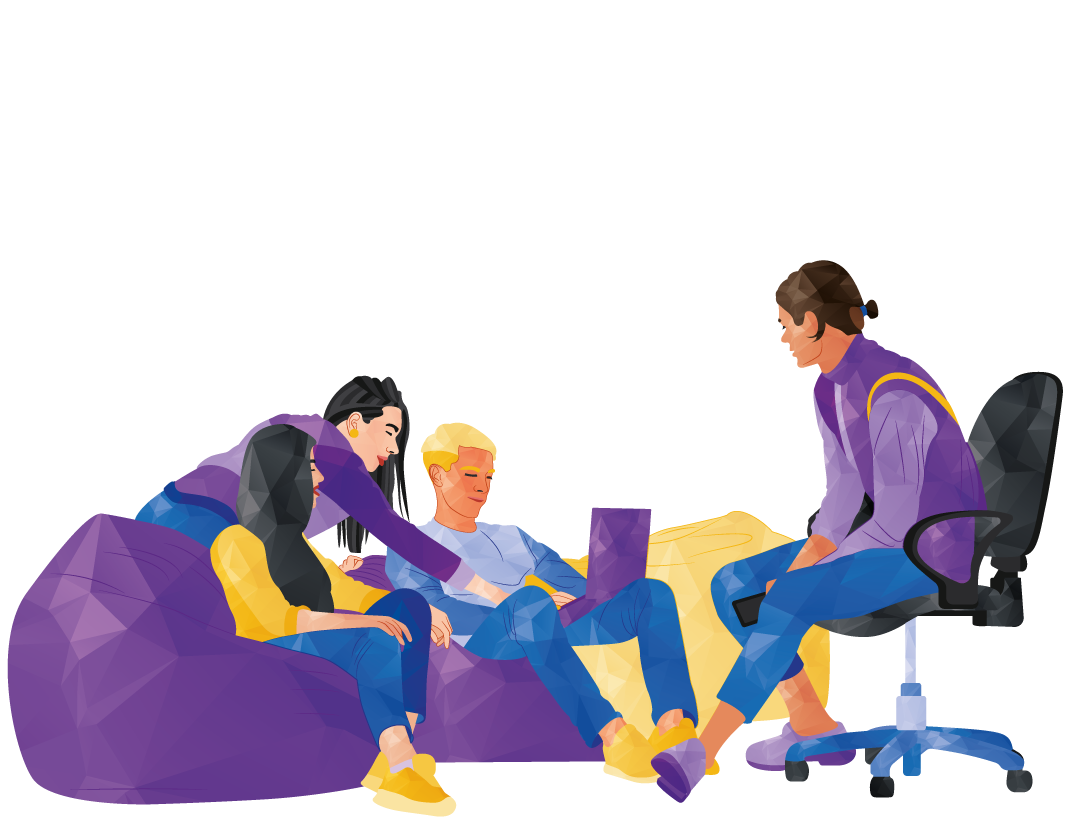Plan the Best Strategy Retreat of Your Career - Part 4: Navigate Day-Of Challenges

It’s showtime! You’ve defined success, prepared a straw model agenda, and then refined that agenda for engagement. You’ve done the work to intentionally set up your meeting for success, but there are some things you just can’t do in advance. Here are some tips to help you navigate (and avoid!) day-of challenges that may arise.
Keep the Meeting on Track
No matter how well you plan, topics and people will always threaten to derail the agenda. Side-conversations, venting, unrelated-but-still-important topics… the list of unplanned time-sinks goes on. Here are a few ways you can bring things back on track and keep your agenda central to the meeting.
If someone brings up an issue unrelated to the agenda, say something like, “I’m going to interrupt you for one second. This is an important topic but we didn’t plan to dig into this today. How about we add it to the parking lot to handle later?” Be prepared: To do this, you will need to have a parking lot. Before the meeting gets started, take a flip chart or white board and write Parking Lot on the top or in a virtual environment, use a section of the shared meeting notes.
If one person is dominating the conversation, find a way to include others and make the discussion more democratic, “Taylor brings up a good point. Let’s go around the room for a quick round robin and hear a headline on this issue from everyone.” Another way to change the momentum and take the microphone from a dominant voice is to pause them and ask them to “bottom line” their comment, “Taylor, how would you bottom line this for us? Summarize your point in a couple of sentences before we hear from someone else on this topic.”
Address Last Minute Attendance Changes Productively
It’s common for folks to have last minute scheduling issues, show up late, leave early, or suddenly be unable to join at all. Or perhaps an attendee’s kid is sick and now that attendee will join the meeting virtually rather than being in the room. Whatever the reason, there’s always a chance that this type of change can throw off the meeting.
If someone arrives late or leaves early, the key here is to try to not let that impact the rest of the group’s ability to be productive. This means don’t wait for them to get started and don’t invite everyone else to leave at the same time. Value the time of the collective.
If one person is remotely dialed into an otherwise in-person meeting, here are a couple things you can do to keep them involved.
- Assign one of the in-person folks to own involving the virtual attendee. That person will take on the responsibility of reminding the group to check in with the virtual attendee, and share digital versions of the materials with them.
- Have a routine of soliciting input from the virtual attendees first, before any additional in-person discussion. It’s tempting to ask them for their input last, but that pattern will leave them feeling like an afterthought and disengage them over the course of a meeting.
- Conference room phone speakers often provide the best audio quality. Consider having the virtual attendee join by audio through the conference line and only retain the video feed through the computer.
Handle Low-Energy Moments
Energy ebbs and flows throughout the day. People have their mid-morning post-coffee crash, and then load up on carbs for lunch and are ready for a nap around 3pm. Even if you’ve done everything you can to design an engaging meeting, you will have to read the energy in the room and adjust accordingly.
During a virtual meeting, consider these tips if energy is low:
- Call a quick break. Give people 3-5 minutes to stretch their legs, grab a snack, and come back. Keep it short because if you make it too long they’ll fall into their email trap or get distracted doing the laundry.
- Reset the group after breaks. Reiterate expectations, acknowledge the goal, and do something to kick up energy. Consider telling a story or immediately putting folks into breakout rooms with partners for a quick conversation.
- Make sure you’re offering positive and engaged body language, even if you’re only listening. People reflect what’s going on around them, and we all know how easy it is to appear disinterested or disengaged on video even if we’re the opposite.
- Suggest folks stand up for the length of each breakout activity. If they can’t raise up their laptops, ask that they at least stretch.
During an in-person meeting, consider these tips if energy is low:
- When you move onto the next activity or discussion topic, ask attendees to stand up.
- When breaking people into small groups, ask that they find group members from the other side of the room. You can do this by counting off around the room or asking people to make eye contact with a partner at a different table. Ultimately, this forces everyone to move to find their group mates, and several groups will end up doing the activity standing up or sitting in a new position.
- Find appropriate moments to applaud. When an attendee volunteers to do something vulnerable, offers a novel idea others appreciate, or completes a presentation, begin applauding. If you pick the right moment, others will join you and applause is a great energy and mood booster.
- Shift solo reflection, significant reading or “information dump” presentations for later in the agenda or remove them completely. These activities will collapse the energy if it’s already low.
There are a plethora of facilitator tips and tricks, and we could go on forever. The three issues we’ve called out here are just a few of many possible day-of challenges you might encounter. That being said, the best medicine is always and forever will be prevention, and that is something you can do pretty effectively by establishing thoughtful ground rules at the outset of the meeting (and sometimes even beforehand, in your invitation!). Check out this one-page reference with some high-quality ground rules you may consider adapting and/or adopting for yourself.
This article is Part 4 of a 4-part series: Plan the Best Strategy Retreat of Your Career.
Here is the full set of articles from the series:
Recent Posts





